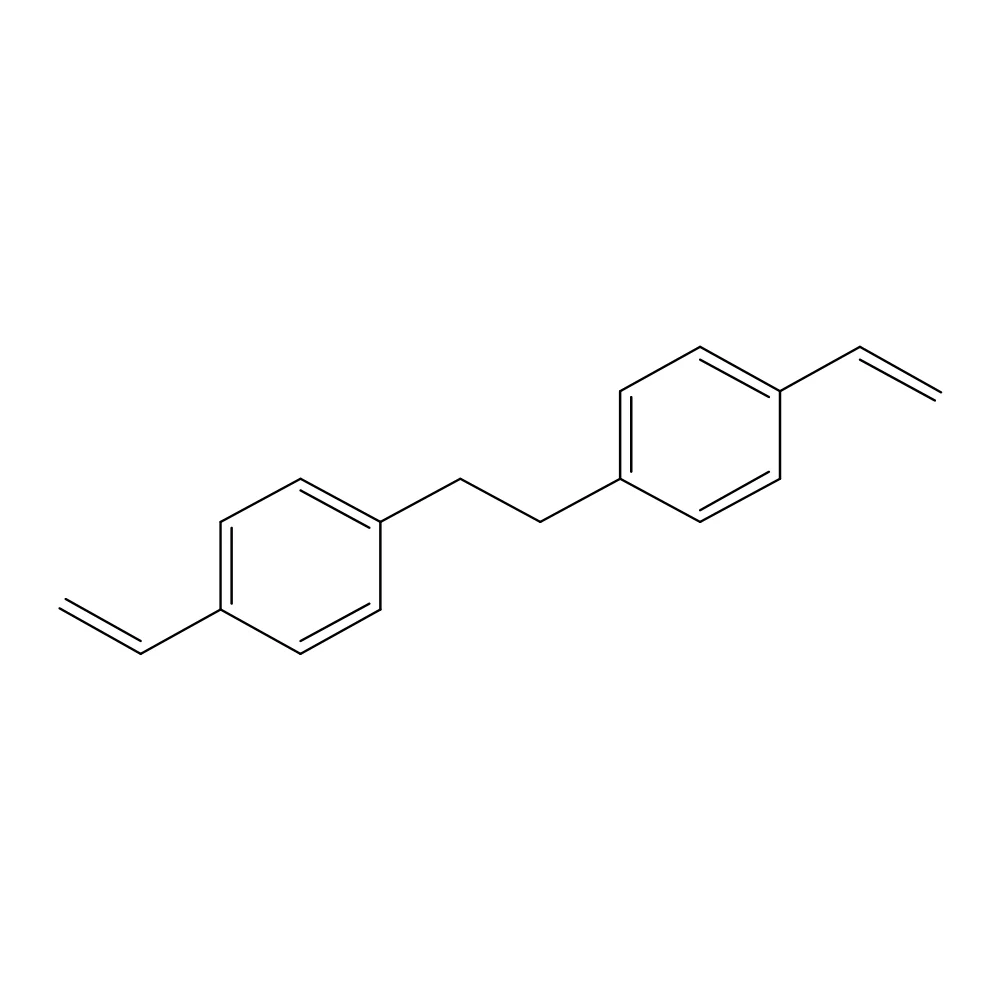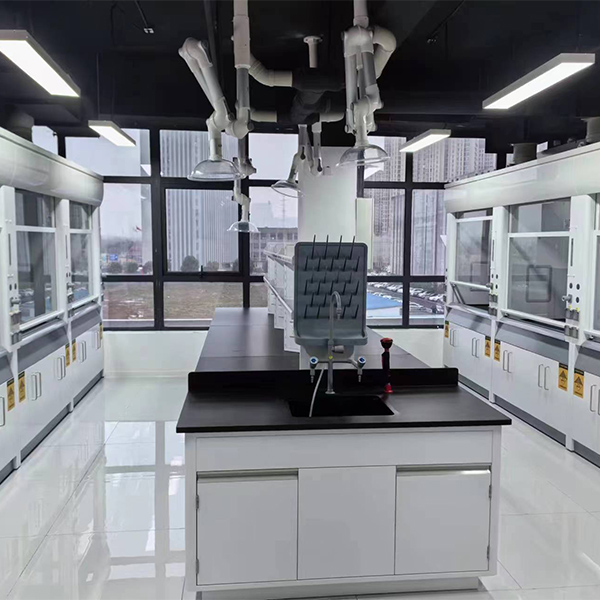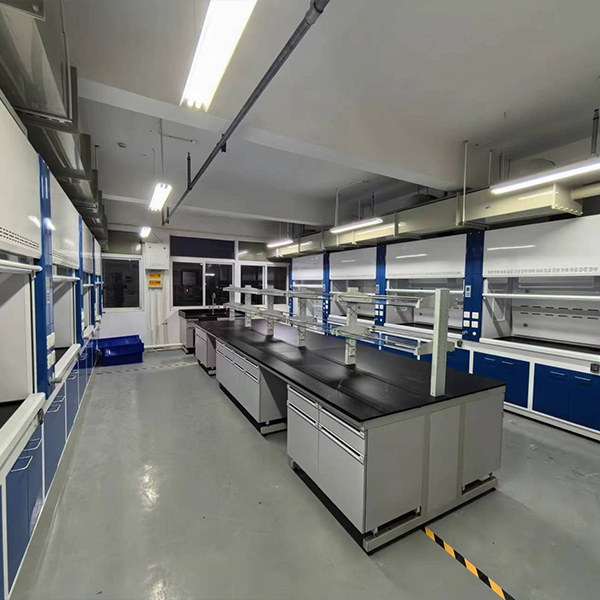Electronic material additives play a crucial role in advancing technology across various industries, particularly in electronics and pharmaceuticals. As a high-tech enterprise, Plus Science & Technology (Shanghai) Co., Ltd. specializes in the research, development, production, and sales of electronic chemicals and high-end pharmaceutical raw materials. This article explores the versatility of electronic material additives, examining their applications, benefits, and future trends.
Understanding Electronic Material Additives
Definition and Importance
Electronic material additives are substances added to electronic materials to enhance their properties. These additives can improve electrical conductivity, thermal stability, mechanical strength, and overall performance of electronic devices. Their significance cannot be overstated; they are integral to the manufacturing processes of semiconductors, printed circuit boards (PCBs), and various other electronic components.
Types of Electronic Material Additives
Conductive Additives: These include materials like carbon black, metal powders, and conductive polymers that improve the electrical conductivity of composites.
Thermal Additives: These additives enhance heat dissipation in electronic devices, ensuring longevity and reliability.
Mechanical Additives: Materials that enhance the mechanical properties of substrates, such as flexibility and tensile strength.

Applications in Electronics
Semiconductor Manufacturing
In semiconductor fabrication, electronic material additives are essential for modifying the physical and chemical properties of semiconductor materials. They enhance performance metrics such as speed and energy efficiency while reducing power consumption.
Printed Circuit Boards (PCBs)
PCBs are foundational to modern electronics. Additives improve adhesion between layers, enhance thermal management capabilities, and increase resistance to environmental factors like moisture and temperature fluctuations. This is particularly vital for high-performance applications where reliability is non-negotiable.
Display Technologies
In display technologies such as OLEDs (Organic Light Emitting Diodes) and LCDs (Liquid Crystal Displays), electronic material additives improve color accuracy, brightness, and energy efficiency. Innovations in this area contribute to the development of more vibrant and efficient displays for consumer electronics.
Innovations in Electronic Material Additives
Sustainability Initiatives
As environmental concerns grow, companies like Plus Science & Technology are focusing on developing sustainable electronic material additives. These innovations not only minimize ecological footprints but also comply with strict regulatory standards for safety and sustainability.
Nanotechnology Integration
The integration of nanotechnology into electronic material additives has resulted in significant advancements. Nanoparticles can enhance properties at a molecular level, leading to breakthroughs in conductivity and thermal management that were previously unattainable.

Challenges Facing the Industry
Regulatory Compliance
Navigating complex regulatory landscapes can be challenging for manufacturers of electronic material additives. Ensuring compliance with safety standards requires substantial investment in research and development efforts.
Market Competition
The market for electronic material additives is highly competitive. Companies must continuously innovate to maintain a competitive edge while managing production costs effectively. This necessitates a balance between quality improvements and economic viability.
Future Trends
Smart Materials Development
The future of electronic material additives lies in the creation of smart materials capable of adapting to their environments. Such materials could revolutionize how devices interact with users and their surroundings, paving the way for more intuitive technology.
Customization Demand
As industries increasingly demand tailored solutions, customization of electronic material additives will become paramount. Companies will need to invest in flexible manufacturing processes that can accommodate specific customer requirements while maintaining efficiency.

Conclusion
The versatility of electronic material additives is evident across multiple sectors, particularly within electronics and pharmaceuticals. Companies like Plus Science & Technology (Shanghai) Co., Ltd. are at the forefront of this innovation wave, driving advancements through sustainable practices, nanotechnology integration, and customized solutions. As technology continues to evolve, so too will the applications and importance of electronic material additives, shaping the future landscape of various industries.
The Role of Electronic Material Additives in Advancing Industries
www.plus-materialchem.com
Plus science & technology (Shanghai) Co., Ltd.